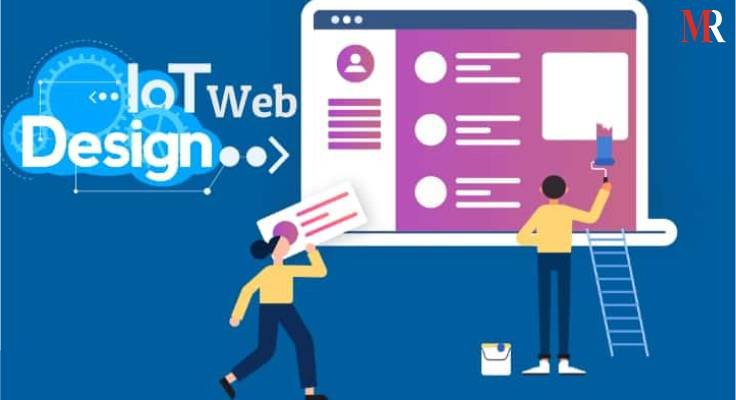Organizations are using the web as a medium of communication that helps them extend their geographical reach. Every organization wants to create a mark in cyberspace so that the client can conveniently utilize its products and services. Customers are relying on the web to utilize services provided by hospitals, universities, airports, banks, retailers, hotels, utility service suppliers and logistics firms. Enterprises have designed their websites in a manner that the customer can purchase products as per the comfort of their homes. Nowadays, organizations are all poised to harness the power of smart sensors and technologies embedded in user’s devices like mobile phones and alternative durable goods. Internet of Things (IoT) or the inter-networking of smart devices is going to play a key role in taking E-commerce to successive level.
Let’s see How
Change in web development
Every individual with a smartphone must have intimate with IoT at some point or the other. As an example, the auto-notification system that sends messages based on a person’s mobile phone location can be considered as the most simple application of IoT. Another basic application is the auto-updating of business info based on the movement of RFID-tagged assets inside the corporate premises.
In the near future, businesses are going to be seen using a combination of sensor and wireless technologies to track the customer’s buying behavior. On the other hand, customers can use IoT technologies to automatically avail made-to-order products and personalized services. Use of sensors and analytics will enable people to track their health as well as to manage their home appliances. The advanced communication system will drastically change the process of web development. Out of the massive range of things impacted by IoT, web designing will be one of the key areas that will get affected by future developments.
User Interfaces
For the implementation of any IoT systems, it depends on two key elements:
The user interface
The user experience
Web designers will need to design user interfaces for a large variety of networked devices with very different screen sizes and resolutions. Moreover, these devices are running on very different platforms. Designers are developing responsive websites for mobile devices. In the future, they will need to design responsive interfaces for different styles of devices that form the IoT.
Complex web design
With the arrival of IoT, the design will become more complex because users will be primarily using the front-end interface to communicate with different IoT devices like cameras, sensors and different smart devices. Moreover, web design will need to speed up page load and transmission time as the complex network of IoT devices might cause delays. Future requirements stipulate that web designers use a powerful language that not only to build a dynamic interface in the front-end but also allows users to communicate with IoT devices in the backend. All specialists unanimously agree that JavaScript has the potential to address the web designing challenges posed by IoT.
JavaScript for Real-Time IoT Applications
Development of user interface for real-time IoT applications will be, no doubt, the biggest advantage of using JavaScript for frontend development. JQuery and Socket.IO are two JavaScript libraries that are used to develop real-time applications. JQuery is particularly used along with HTML and CSS to deploy AJAX (Asynchronous JavaScript and XML), a polling technique to constantly update information on the web page. Moreover, there are varieties of JQuery plug-in modules that are on the market to develop responsive web pages. it’s vital to notice that JavaScript is additionally used as server-side programing language. A framework known as Node.js is used to server-side applications in JavaScript language. Nowadays, cloud-based IoT platforms like IBM Watson have stipulated the use of JavaScript for developing IoT applications.
Conclusion
The Internet has empowered businesses and customers both, to make the most of the digital data pulled from numerous sources and smart devices. The real worth of the data can only be realized when the end-user is able to communicate with numerous devices in a convenient means. Usability will be the key issue that will ensure the success of an IoT application. An excellent user experience can only be ensured by a good frontend programming language, which not only helps to design a very responsive interface but which will make to possible for the end user to access the multitude of databases in the backend. Considering its presence and capabilities, JavaScript is bound to emerge, as a most well-liked web-designing language for enabling IoT applications.
Also Read,












